Tales and Histories in Shinjuku, Tokyo
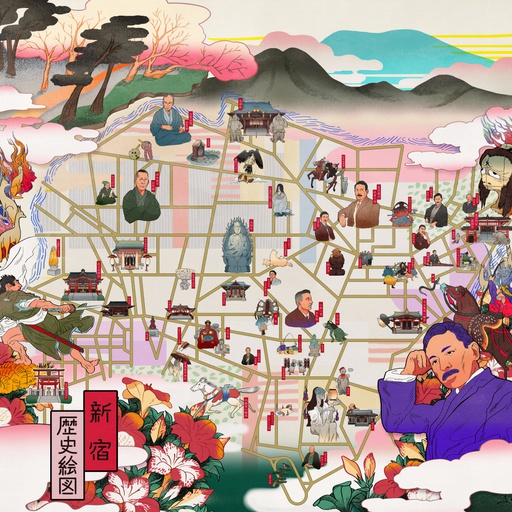
This project is part of a proof of concept conducted by the Tokyo Metropolitan Government Bureau of Industrial and Labor Affairs and Stroly, Inc. The map displays information on tourist spots in the Shinjuku area, shows current location information using GPS, allows users to switch between maps and experience virtual sightseeing.
All spots information
23 spots
 Temples and Shrines
Temples and Shrines
Bishamonten Zenkokuji
![]() Temples and Shrines
Temples and Shrines
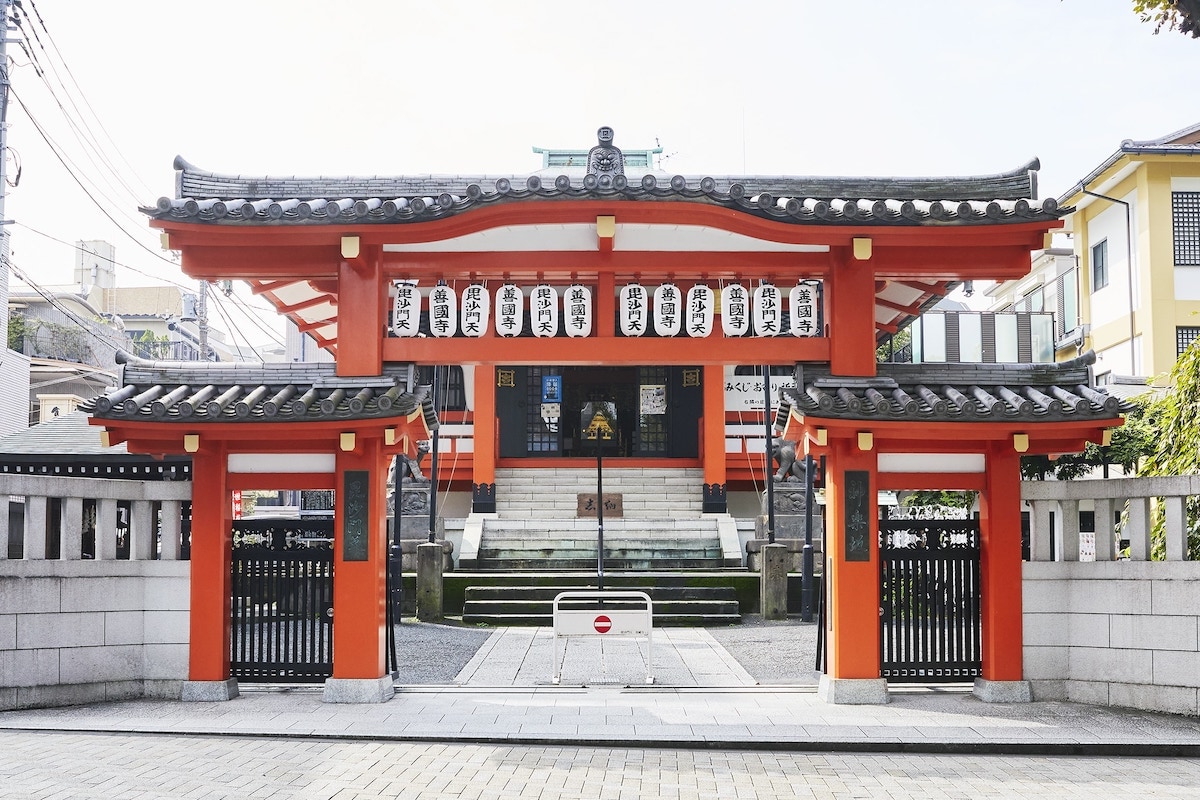
Bishamonten Zenkokuji was founded in 1595, given land by Ieyasu Tokugawa, a warlord who later became the first shogun of the Edo Shogunate. The vermilion gate stands out in the retro cityscape located in the popular Kagurazaka area. Bishamonten, the god of treasure that has been worshiped in India since ancient times, is enshrined. It's also known as one of the Seven Lucky Gods in Japan and has "luck" benefits for winning and money, along with warding off evil. In addition, since Bishamonten has a connection with tigers, the entrance to the main hall is protected by two stone tigers. Address 5-36 Kagurazaka, Shinjuku-ku, Tokyo, 162-0825 HP Official site
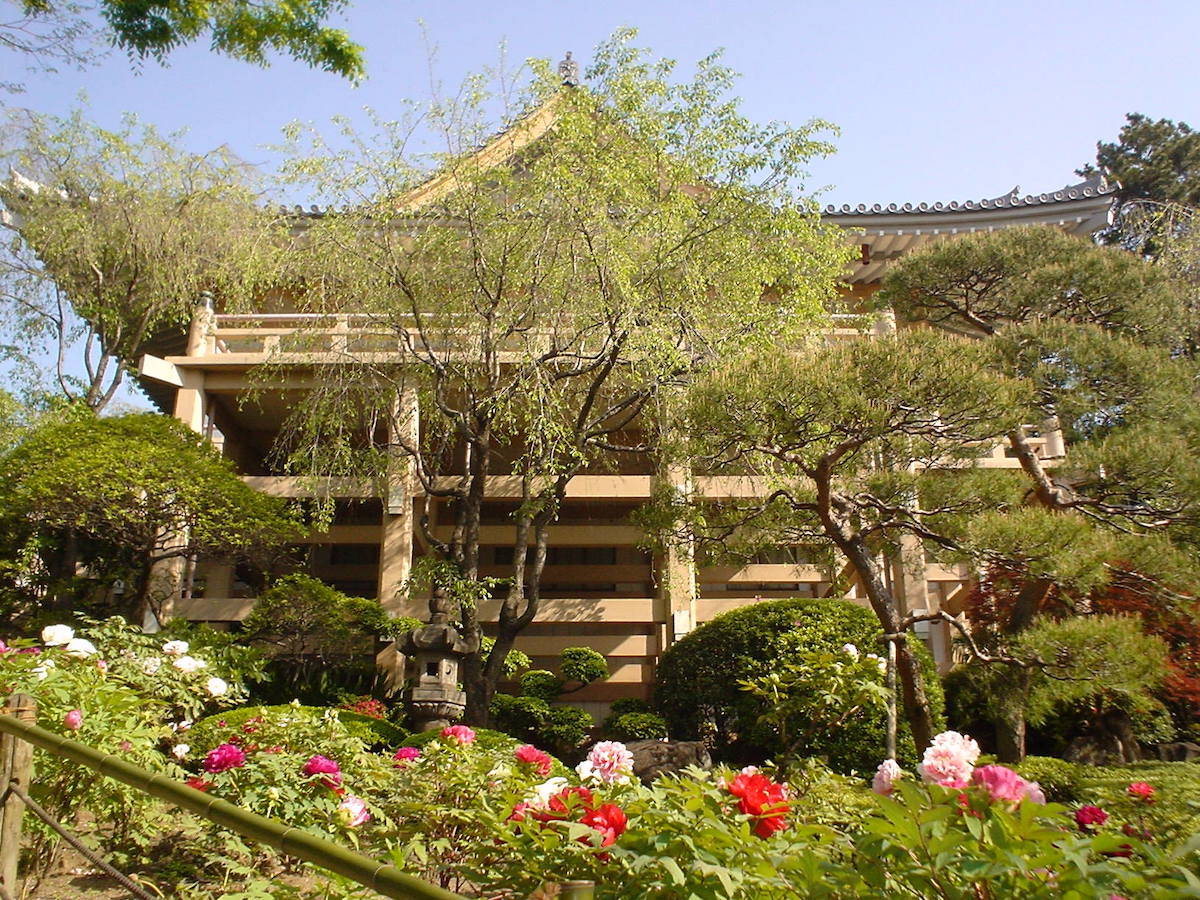
Located near Shimo-Ochiai Station, Yakuouin temple was built in the Kamakura period (around 1185 to 1333). The main hall was built in 1965, incorporating the strengths of Kiyomizu-Dera Temple in Kyoto and Hase-Dera Temple in Nara. It is known as "Peony Temple" and became famous after taking over about 100 peony stocks from Hase-Dera Temple in 1966. Currently, about 800 peony flowers are planted. From mid to late April, it draws crowds looking for the beautiful flowering landscape. Address 4-8-2 Shimoochiai, Shinjuku-ku, Tokyo, 161-0033 HP Official site
Raiden Inari Jinja
![]() Temples and Shrines
Temples and Shrines
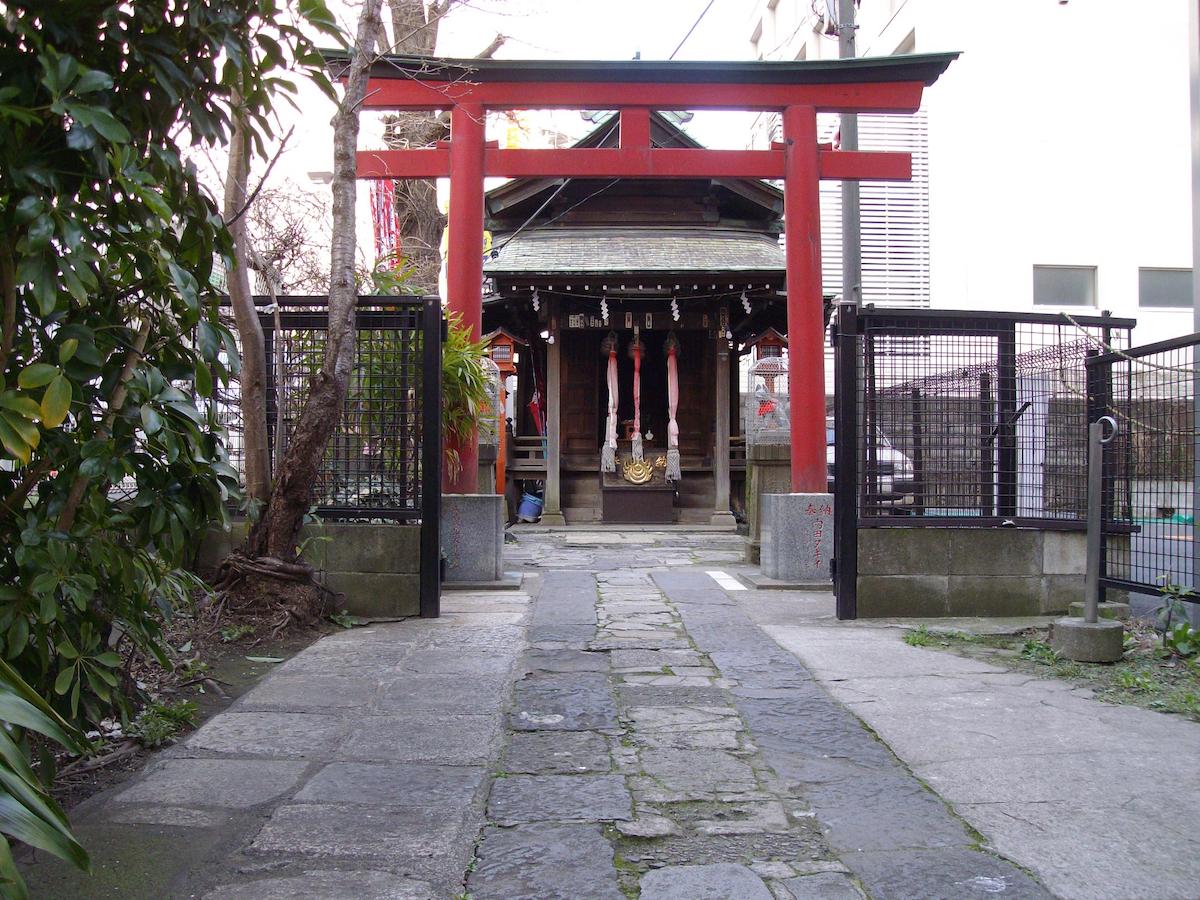
Inari Shrine is a familiar shrine all over Japan. When a thunderstorm hit Minamoto no Yoshiie, a warlord in the latter half of the Heian period (794-1185 / 1192), he rested in front of the shrine on his way to the battle. Then, a white fox appeared, foxes are said to be a messenger of the Inari god. When he bowed his head three times in front of Yoshiie, the thunderstorm immediately stopped. Since then, people started calling the shrine Raiden (thunder and lightning) Inari Shrine. Although the god has been enshrined at the nearby Hanazono Shrine since 1928, torii gates and the shrine are available for visiting to worship. Address 4-4-23 Shinjuku, Shinjuku-ku, Tokyo, 160-0022 HP -
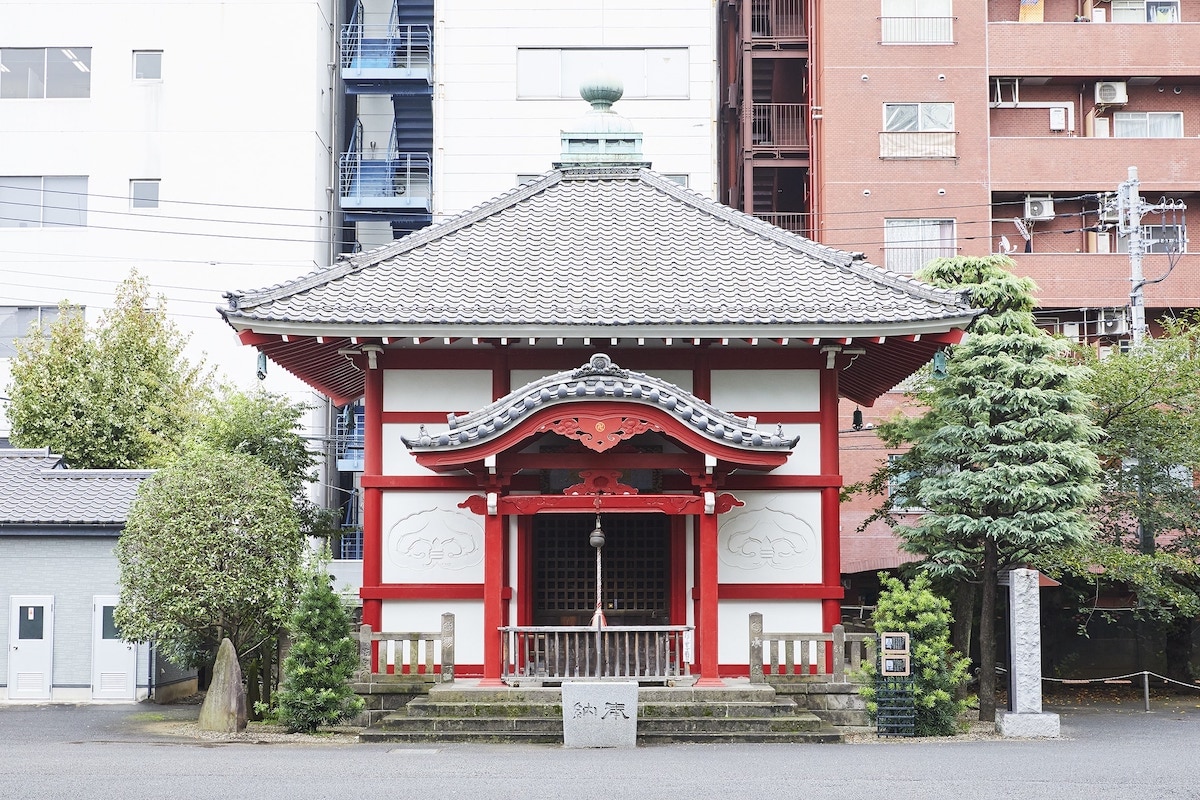
A predecessor of the Taisoji temple is "Taiso-an," which was opened by the monk Taiso around 1596. During the Edo period, Shinjuku prospered as a post town, and many worshipers visited Taisoji. However, it was severely damaged by the fire in the 1945 bombing of Tokyo. Currently, there are many cultural assets in the precincts, such as the Enma statue, which is counted as one of the "Edo San Enma," and the copper Jizo Bodhisattva sitting statue, which is one of the "Edo Roku Jizo." Every year on July 15th and 16th, when its festivals are held, they are displayed. It has been loved by locals for a long time. Address 2-9-2 Shinjuku, Shinjuku-ku, Tokyo, 160-0022 HP -
Kaichu Inari Shrine
![]() Temples and Shrines
Temples and Shrines
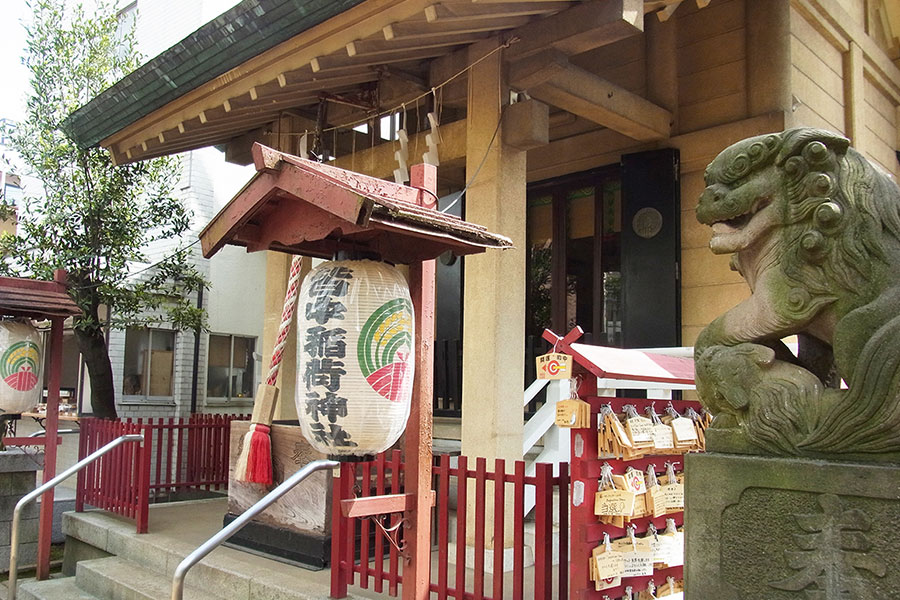
This shrine is located in Hyakunincho, Shinjuku. In the Edo period, a group of samurai called "Hyakuninryoku," or "100 gunners” used to live here. When the samurai prayed to the shrine before their shooting practice, they were able to hit the target with a hundred shots, and the shrine became popular as a place to win bets. The shrine is also popular as a power spot for winning the lottery, and is visited by many people who pray for fortune./p> Address 1-11-16 Hyakunincho, Shinjuku-ku, Tokyo, 169-0073 HP Official site
Hanazono Shrine
![]() Temples and Shrines
Temples and Shrines
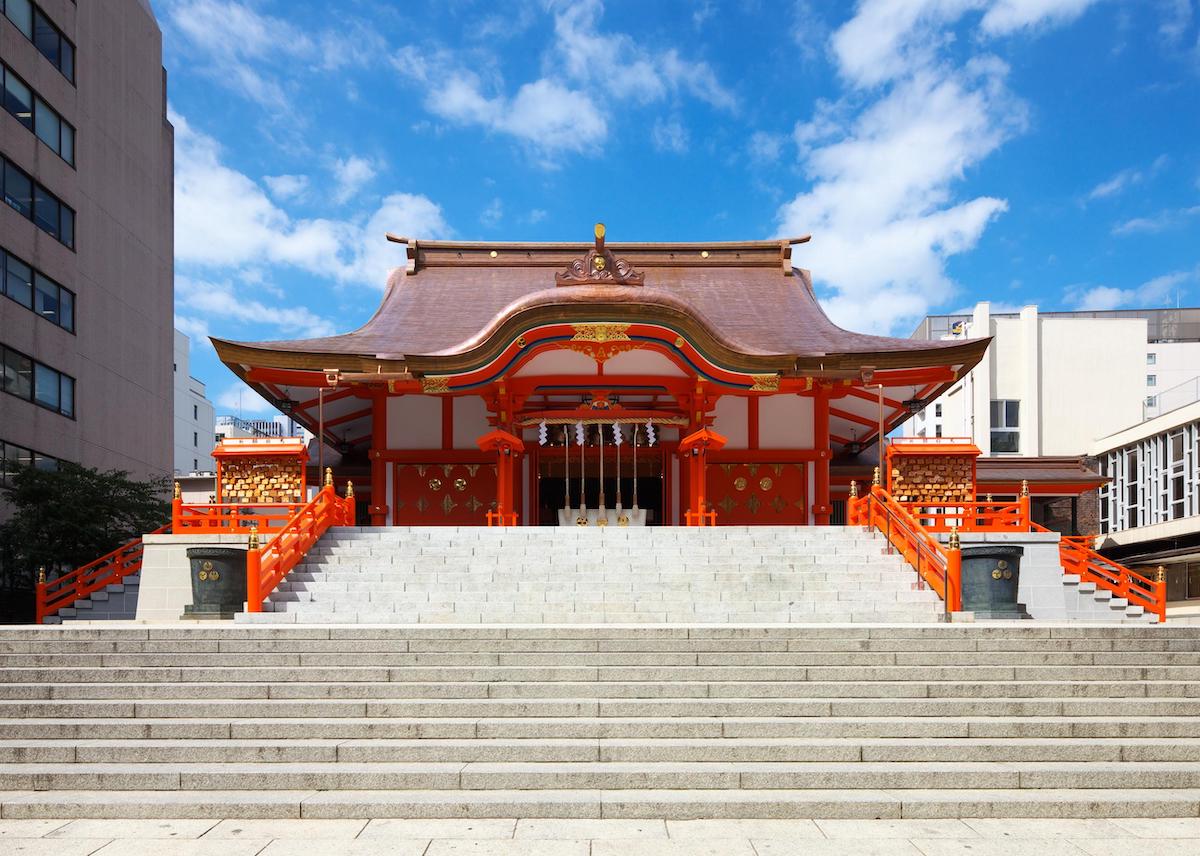
Hanazono Shrine locates near Kabukicho, a major entertainment district that represents Japan. The gods of "prosperity of business" and "entertainment" are enshrined. It has been loved as the guardian deity of Shinjuku for a long time. The enormous torii gate, which stands proudly at the entrance along Meiji-Dori, is one of the largest in Shinjuku Ward. Hanazono Shrine is famous for Tori no Ichi market. Every November on the Days of the Rooster, it gets crowded with many people seeking decorative rakes (a lucky charm to pray for prosperous business). Address 5-17-3 Shinjuku, Shinjuku-ku, Tokyo, 160-0022 HP Official site
Inari Kio Shrine
![]() Temples and Shrines
Temples and Shrines
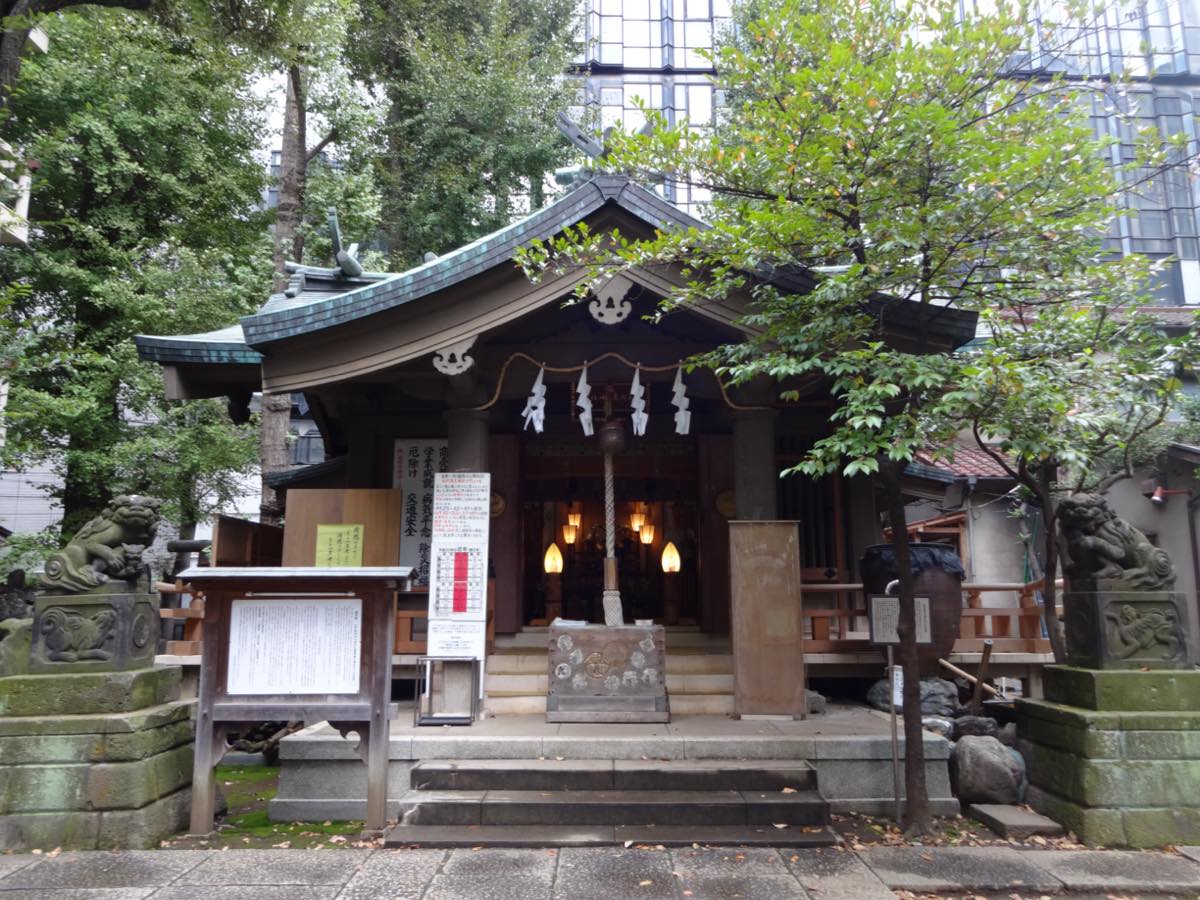
Inari Kio Shrine was built in 1653 on a site that has been worshipped as a sacred place in Okubo since ancient times. This is the only shrine in Japan that bears the name "Kio," which originates from Kumano, Wakayama. The shrine is famous for its belief in "Nade-mamori," which has been handed down since the Edo period to cut off tofu during illness. By simply patting the affected area with “Nade-mamori", it is believed to cure skin diseases, swelling, and other illnesses. Every year in February, a ritual called "Setsubun Tsuina-shiki" is also held, allowing visitors to experience the traditional Japanese event of Setsubun. Address 2-17-5 Kabukicho, Shinjuku-ku, Tokyo, 160-0021 HP Official site
Naruko Tenjinsha
![]() Temples and Shrines
Temples and Shrines
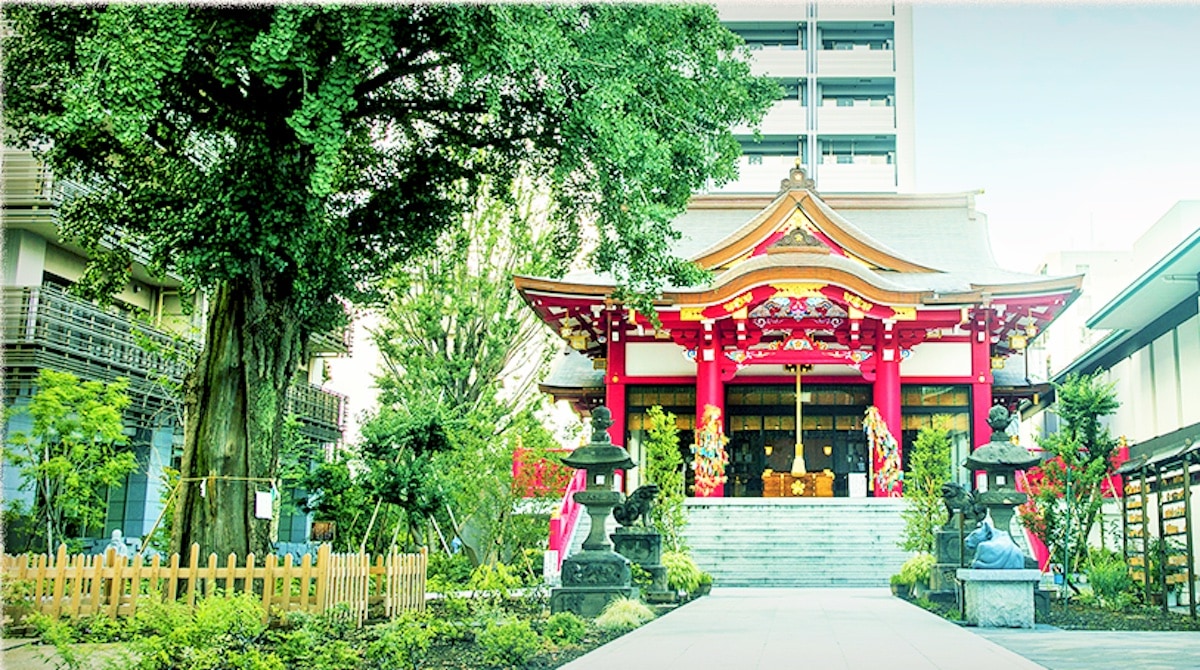
Although surrounded by skyscrapers, once you step in the beautiful shrine, you'll feel the tranquility. The main shrine is dedicated to the celestial god (Sugawara no Michizane), who is famous as the "god of learning." In addition, Amaterasu Omikami, the ancestor of the Emperor's family, and the Seven Lucky Gods, which are said to bring good fortune, are enshrined in the precincts. It's said you can visit major gods by visiting here. In addition, there is the largest Fujizuka (a miniature version of Mt. Fuji) in Shinjuku Ward, which is said to provide the same benefits as climbing Mt. Fuji and has been attracting attention as a power spot in recent years. Address 8-14-10 Nishi-Shinjuku, Shinjuku-ku, Tokyo, 160-0023 HP Official site
 Museums and Tourist Spots
Museums and Tourist Spots
Yarai Nohgakudo
![]() Museums and Tourist Spots
Museums and Tourist Spots
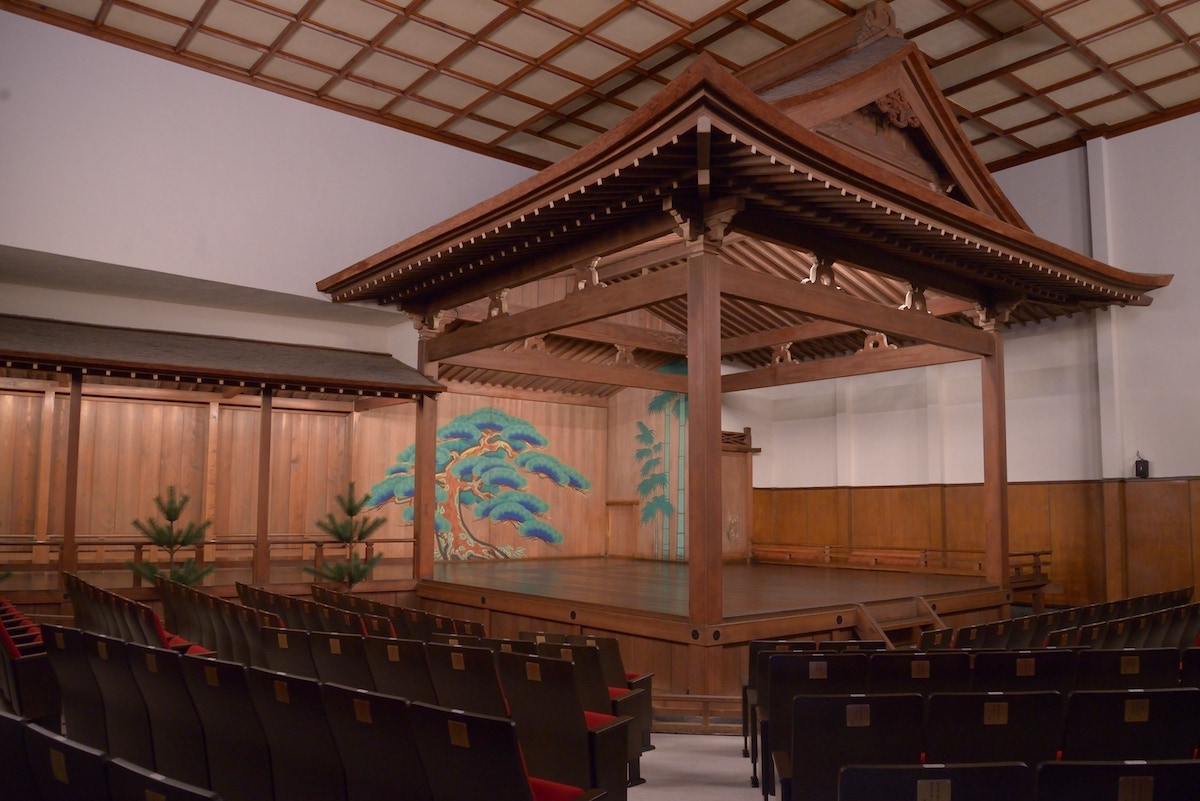
Located near Kagurazaka Station,Yarai Nohgakudo theater has the second oldest history in Tokyo. Nohgaku is a traditional performing art registered as a UNESCO Intangible Cultural Heritage, and a distinguished family, Yarai Kanzeke, is based in the Yarai Nohgakudo Theater. Although it was burnt down many times due to the Great Kanto Earthquake and the air raids during World War II, it was reconstructed. In 2011, it was registered as a national registered tangible cultural property. You can watch Nohgaku on the second Sunday of every month, and an English pamphlet is available. Address 60 Yaraicho, Shinjuku-ku, Tokyo, 162-0805 HP Official site
Shinjuku Historical Museum
![]() Museums and Tourist Spots
Museums and Tourist Spots
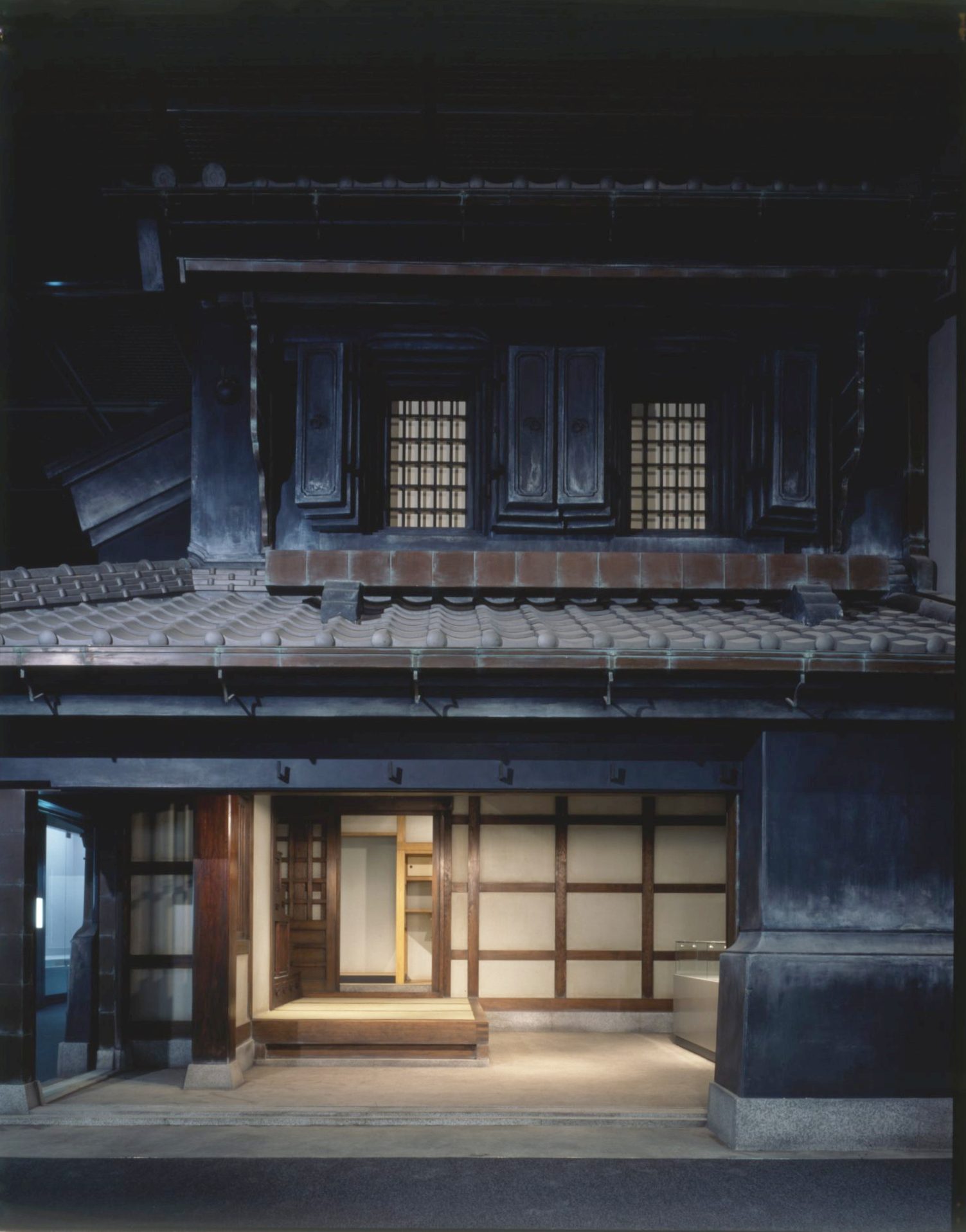
Opened in 1989 as a ward museum that presents the local history of Shinjuku Ward. You can trace the history of Shinjuku from the Paleolithic era to the present day. There are plenty of highlights such as the post town and merchant houses in Naito Shinjuku during the Edo period, and the restored exhibition of the tram that ran in the early Showa period. You will learn more in depth by taking a peek here before getting know modern Shinjuku. Address 12-16 Yotsuyasaneicho, Shinjuku-ku, Tokyo, 160-0008 HP Official site
Ogasawara Hakushakutei
![]() Museums and Tourist Spots
Museums and Tourist Spots
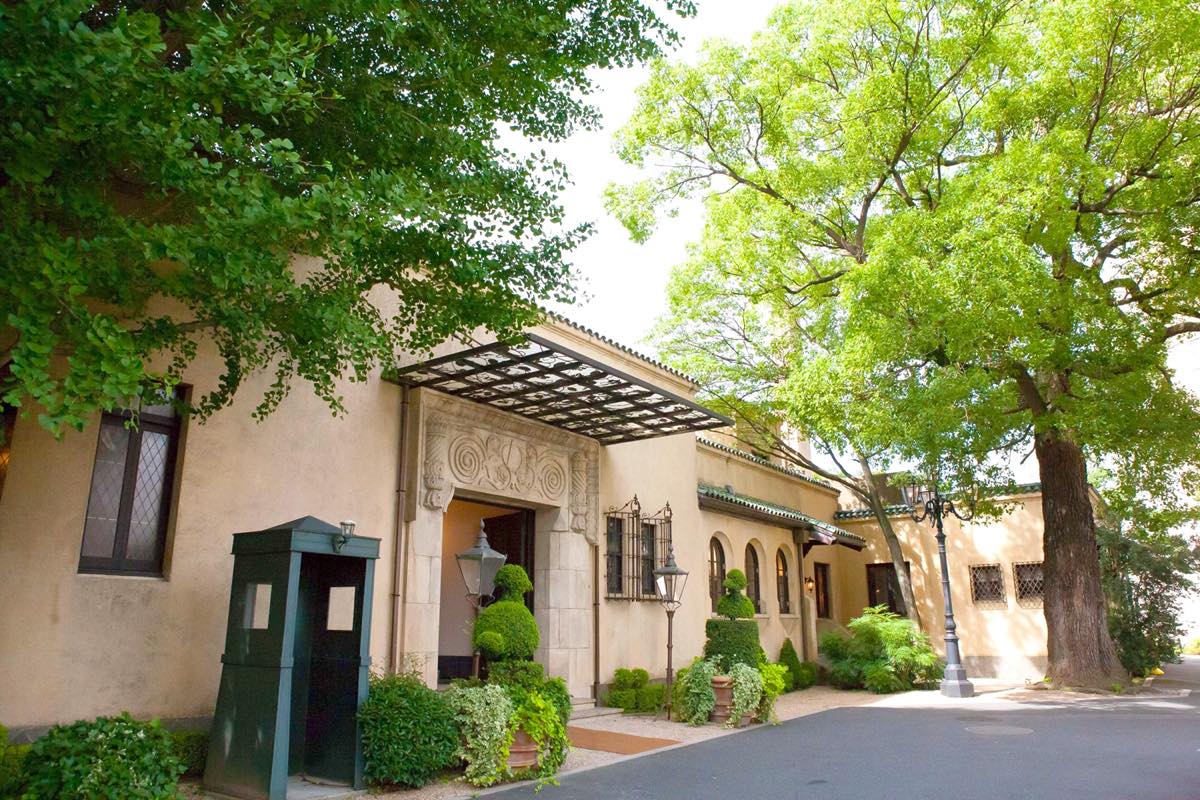
The Ogasawara Hakushakutei is a former residence of Count Ogasawara Nagayoshi, the 30th head of the Ogasawara clan (former lord of the Kokura Domain), famous for its samurai etiquettes. The residence was based on a Spanish architectural style which is quite rare in Japan. After the war, the U.S. military seized the former Kokura Domain resident site from the Edo period. However, the residence now operates as a restaurant and wedding venue. At the restaurant, you can enjoy Spanish cuisine prepared by Chef Gonzalo Alvarez, who has a deep knowledge of Japanese ingredients. Address 10-1 Kawadacho, Shinjuku-ku, Tokyo, 162-0054 HP Official site
Meiji Memorial Picture Gallery
![]() Museums and Tourist Spots
Museums and Tourist Spots
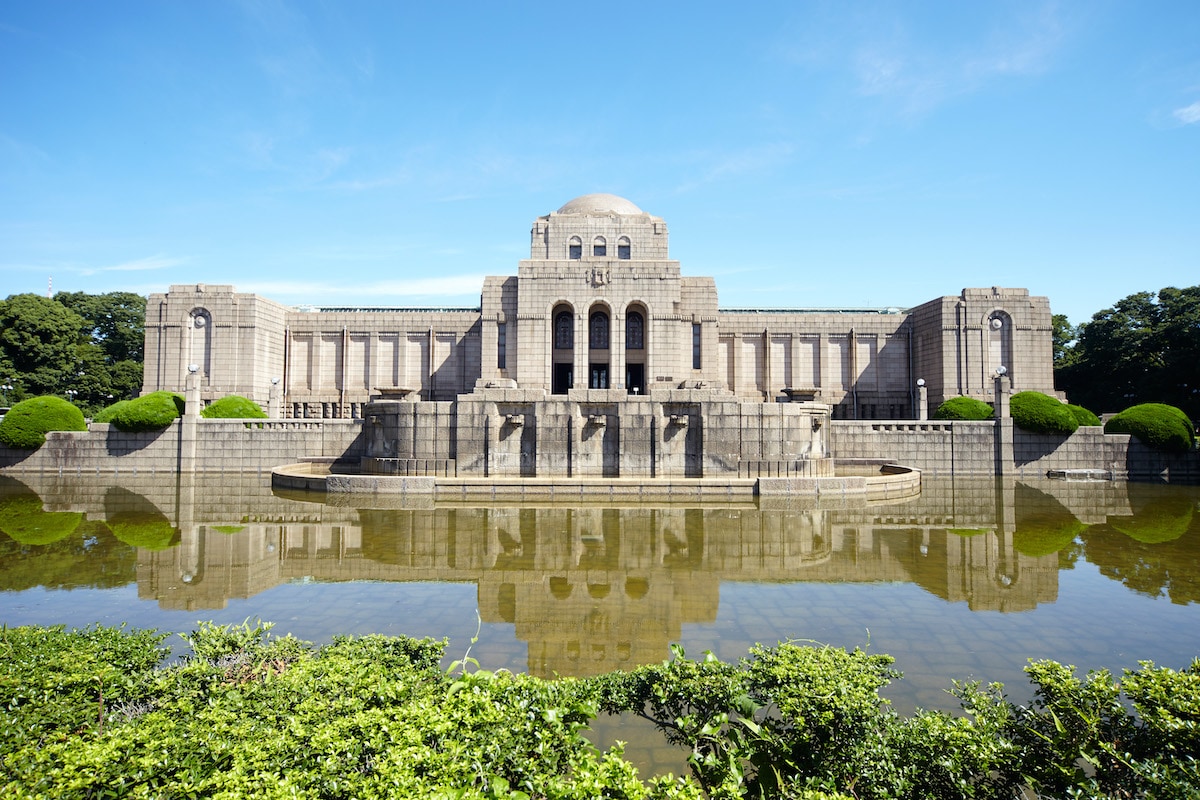
Meiji Memorial Picture Gallery was built to preserve the achievements of Emperor Meiji and Empress Shoken. It's a symbol of Meiji Jingu Gaien and creates a majestic atmosphere. The view from Aoyama-Dori through the ginkgo trees is one of the representative scenery of Tokyo. It displays 40 Japanese and 40 Western paintings, that faithfully depict the events from the birth of Emperor Meiji to his demise. They're artwork by top painters, and it's a precious facility for learning about Japanese politics, culture, and customs (designated as a national important cultural property in 2011). Address 1-1 Kasumigaokamachi, Shinjuku-ku, Tokyo, 160-0013 HP Official site
Oiwake Dango Honpo Shinjuku Honten
![]() Museums and Tourist Spots
Museums and Tourist Spots
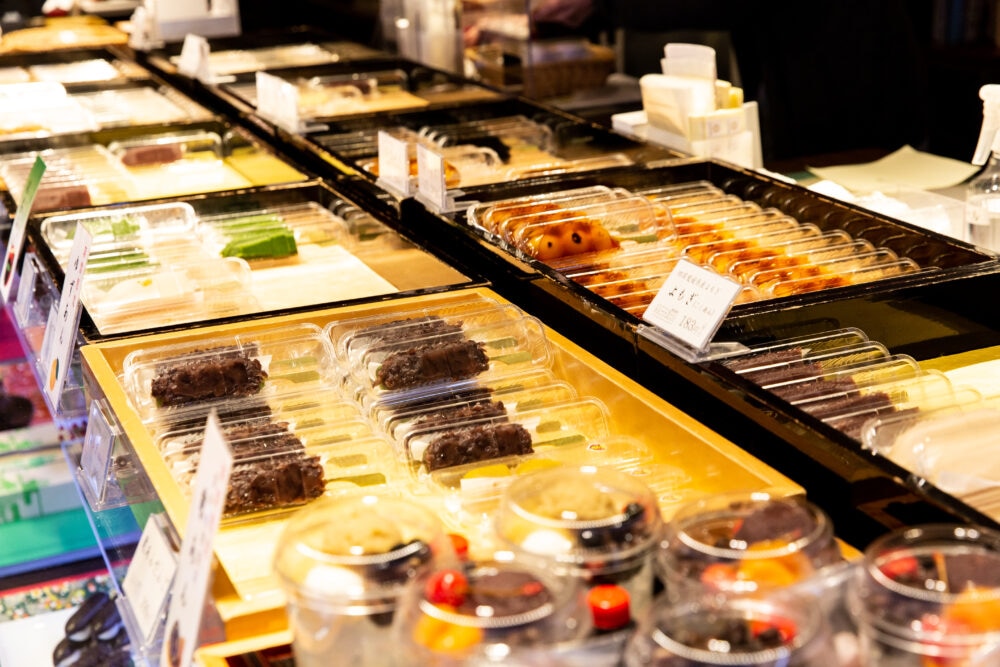
If you're hungry or want to eat something sweet while shopping in the Isetan department store or walking around Shinjuku Gyoen, head to Oiwake Dango Honpo. "Oiwake" is an old way of saying "a place where the road splits into two." Since this place was a post town and crossroad of Koshu Kaido road and Ome Kaido road, it's been a crowded place since the Edo period. Odango sweet rice dumplings have been loved by people since that time and come to be called a Tokyo specialty in modern times. You can take out the odango, but there is also a dine-in space where you can take a break. Address 3-1-22 Shinjuku, Shinjuku-ku, Tokyo, 160-0022 HP Official site
NINJA TRICK HOUSE IN TOKYO
![]() Museums and Tourist Spots
Museums and Tourist Spots
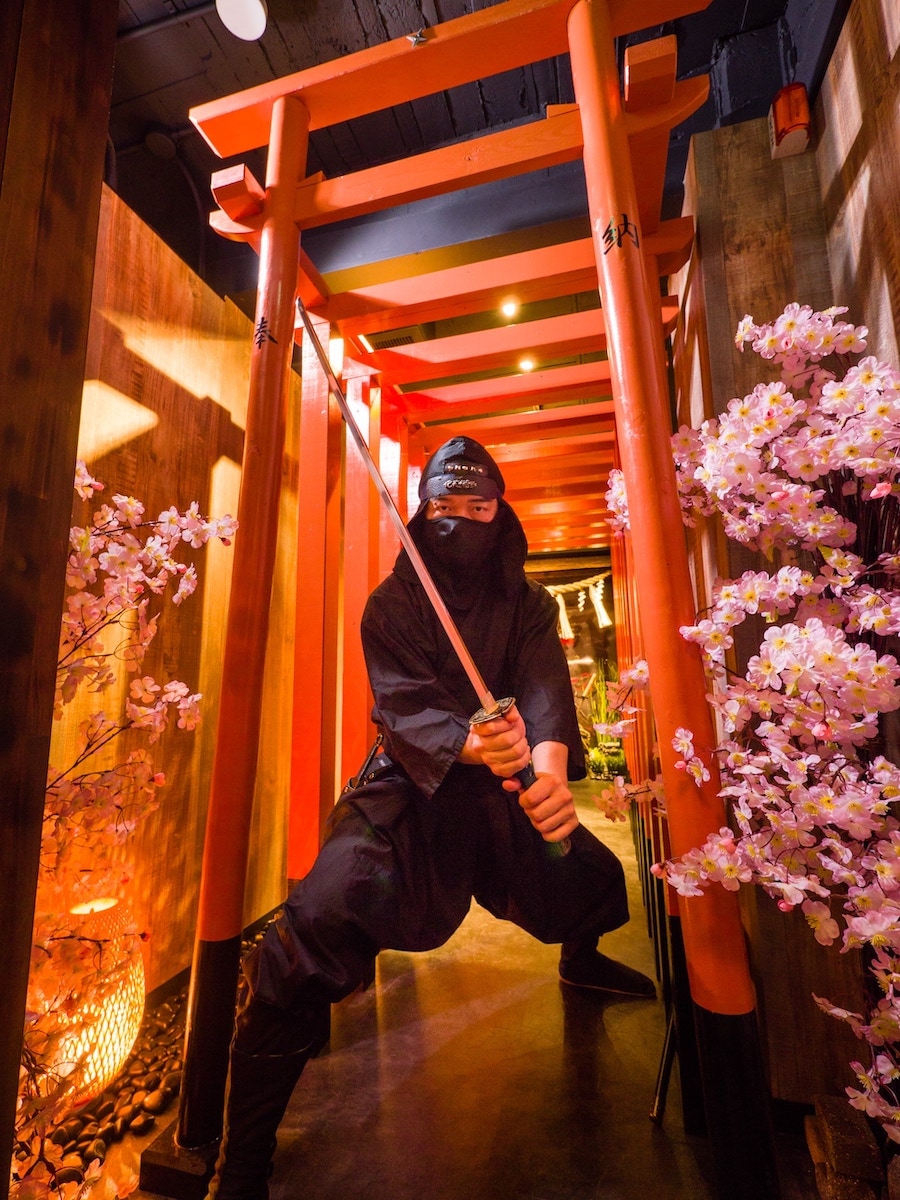
Ninja is one of the most iconic Japanese beings that many people imagine. Here in Kabukicho, you can fulfill a desire to experience the world of Ninja. This house of tricks offers the shuriken throwing you may have seen in manga, anime, or even in your dreams. You can also touch the ninja sword and even take a photo with your longing ninja. Address 4F 2-28-13 Kabukicho, Shinjuku-ku, Tokyo, 160-0021 HP Official site
Kigumi Museum
![]() Museums and Tourist Spots
Museums and Tourist Spots

Kigumi Museum presents the traditional techniques of Japanese wooden architecture. Mainly it exhibits the wooden frame that you can pick up and touch, and it also displays Japanese lacquer, mud walls, sculptures, etc. Wooden construction is a traditional technique that Japan is proud of, a technique which firmly combines wood by interlocking wooden joints without using nails and screws. Its history is traced back to the Jomon period 4000 years ago. Admission is free. The museum is open on Tuesdays, Wednesdays, and Thursdays and opens only once a month on Saturdays. Address 3F 2-3-26 Nishiwaseda, Shinjuku-ku, Tokyo, 169-0051 HP Official site
 Historical Sites
Historical Sites
Grave of Hattori Hanzo
![]() Historical Sites
Historical Sites
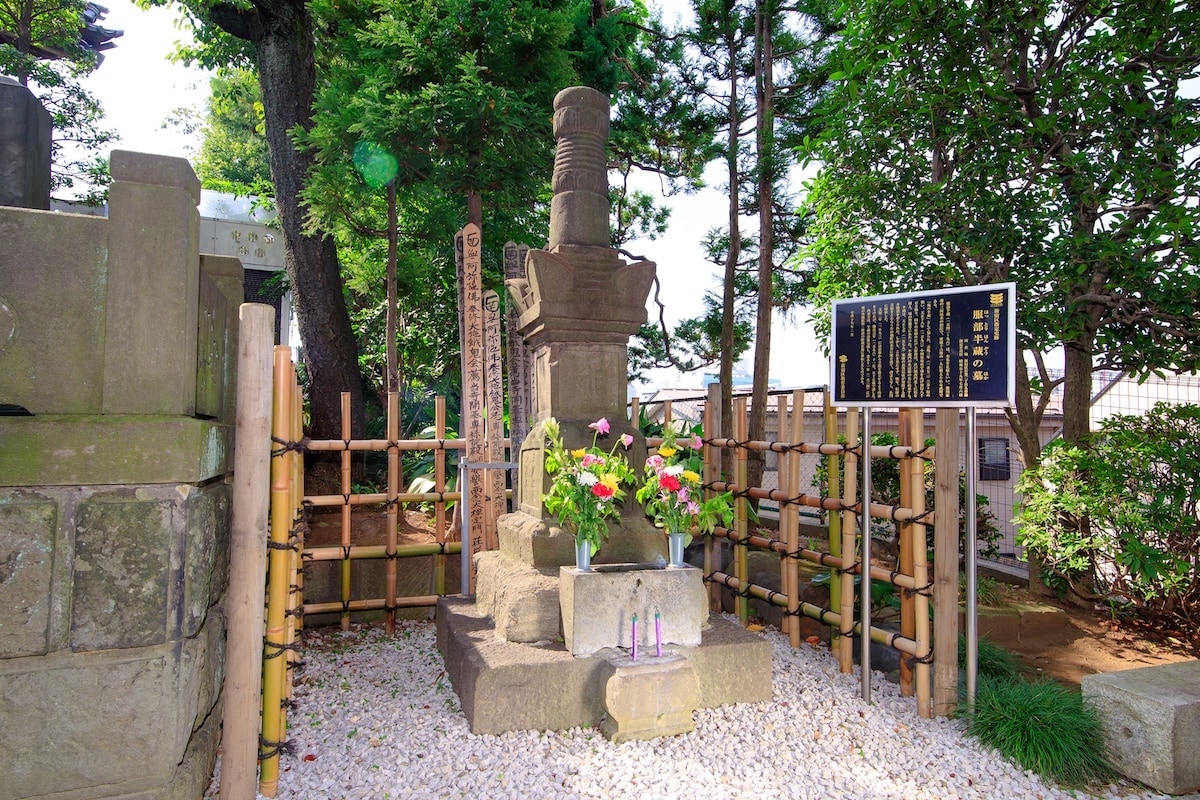
It's no exaggeration to say that Hattori Hanzo is the most globally famous ninja. At Nishinenji Temple, which is walking distance from Yotsuya Station, there is the grave of the second generation, Hattori Hanzo Masanari. Masanari was born in 1542. His father, the first Hattori Hanzo Yasunaga, was a ninja. Still, Masanari served Ieyasu Tokugawa as a samurai, became an excellent spear user, and played an active part in many battles. At Saimenji Temple, a spear that has been given to Masanari by Ieyasu is preserved (You can see it through the front glass of the main hall). Address 2-9 Wakaba, Shinjuku-ku, Tokyo, 160-0011 HP Official site
Site of Shiga Naoya's House
![]() Historical Sites
Historical Sites
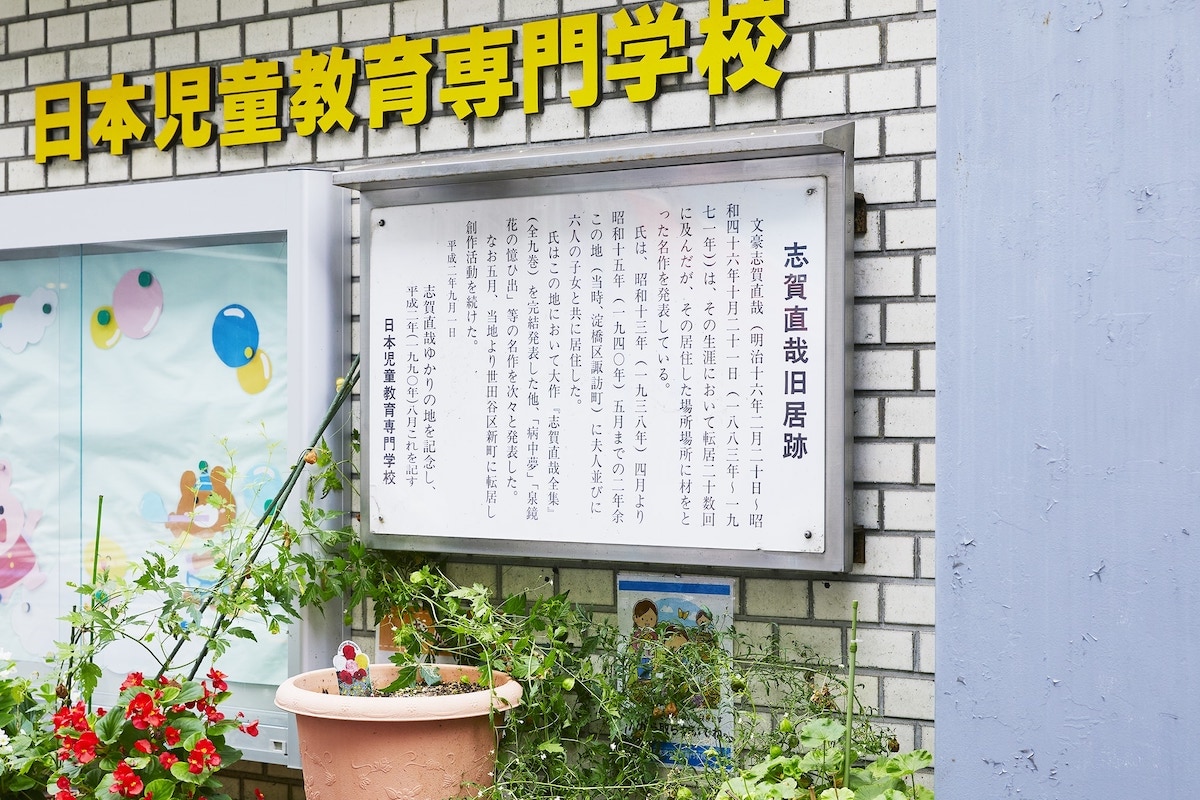
This is the place where Naoya Shiga, a Japanese novelist, who is known as the father of modern Japanese literature, used to live. He is famous for his novels, “A Dark Night’s Passing” and “The Shop Boy's Patron Saint”. In 1949, he was also awarded the Order of Culture by the Japanese government. He lived here with his wife and six children for two years, from April 1938 to May 1940. He moved more than 20 times during his life, creating masterpieces at each place. Address 1-32-15 Takadanobaba, Shinjuku-ku, Tokyo, 169-0075 HP -
The place of death of Takizawa Bakin
![]() Historical Sites
Historical Sites
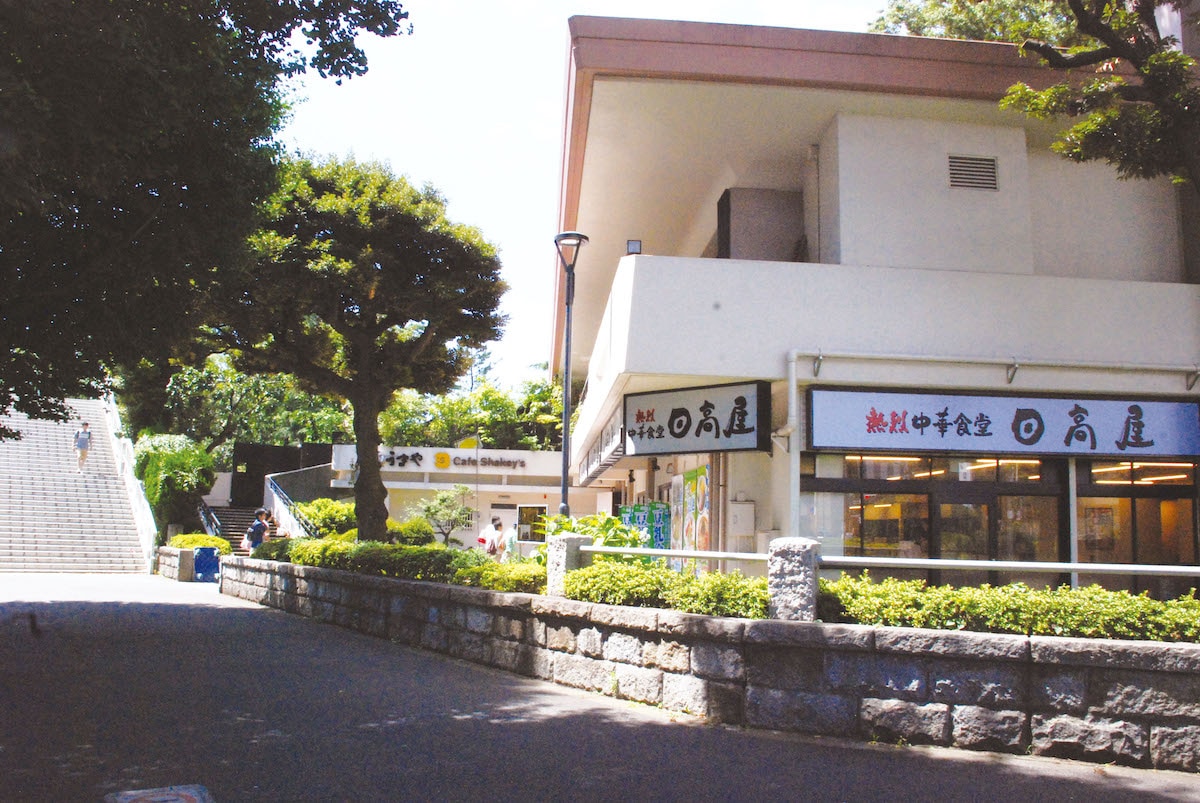
Bakin Takizawa is a novelist in the late Edo period and the author of the longest novel in the history of Japanese literature, "Nanso Satomi Hakkenden." It is an adventure fantasy featuring eight young swordsmen (Hakkenshi) from the Muromachi period and gained explosive popularity that it became the subject of ukiyo-e and Kabuki. Even today, it influences many works such as manga and movies. It's said that Bakin lived in this area for 12 years until his death in 1848 and finally completed "Nanso Satomi Hakkenden" over 28 years, even though he was almost blind. It's currently a designated historic site in the Shinjuku Ward. Address 14-1 Kasumigaokamachi, Shinjuku-ku, Tokyo, 160-0013 HP -
Site of Nagai Kafu's House "Danchotei"
![]() Historical Sites
Historical Sites
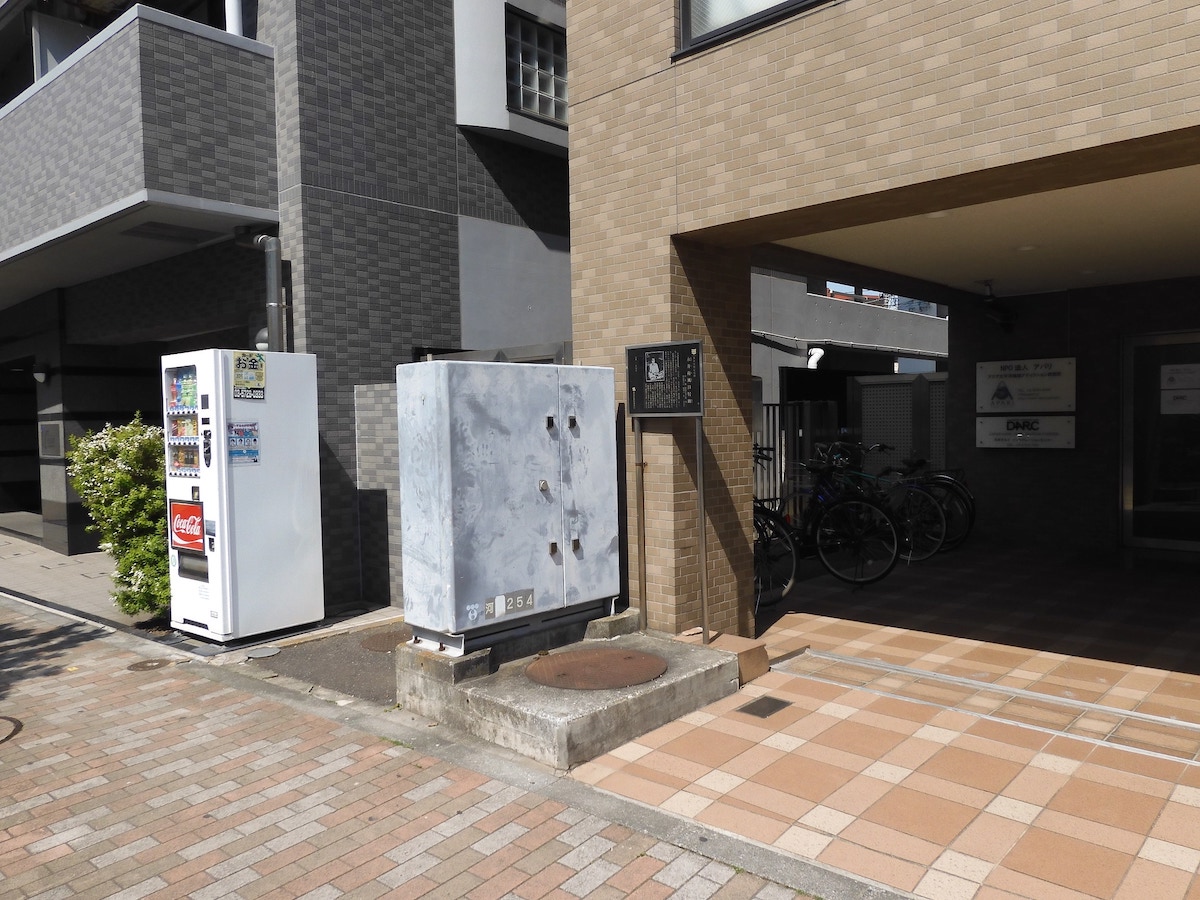
The Japanese author Nagai Kafu lived here from 1908 to 1918. Born in Tokyo, Kafu enrolled in Gyosei School in 1901 and began studying French, and became devoted to the novelist Emile Zola. He appeared in the literary world by translating and publishing “Flowers of Hell” and “Nana”. From 1903 to 1908, he studied in Europe and the United States to become a businessman, and after returning to Japan, he lived in this area and published "Kanraku," "Reisho," and "Sumidagawa”. At the time, Kafu, who was prone to intestinal illnesses, called the detached part of the house "Danchotei”. The house is now a designated historical site in Shinjuku. Address 14-3-4 Yochomachi, Shinjuku, Tokyo, 162-0055 HP Official site
 Spots (With events)
Spots (With events)
Ichigaya Kameoka Hachimangu
![]() Spots (With events)
Spots (With events)
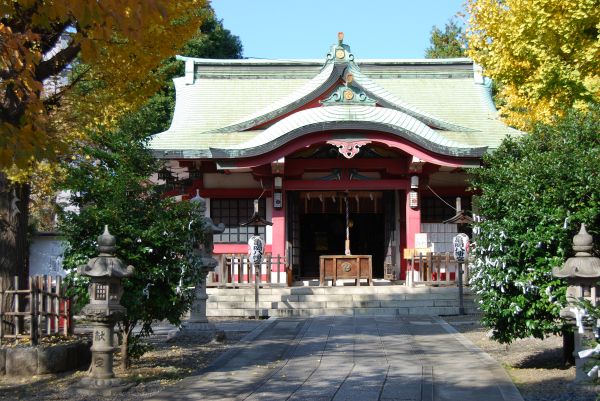
In 1479, when Ieyasu Tokugawa, who later became the first shogun of the Tokugawa Shogunate, built Edo Castle, he worshiped the spirits of Kamakura and Tsurugaoka Hachimangu as the guardian deity of the west, and it became known as a shrine that is beneficial to the guardian of the west. The shrine was inside the castle, but it was devastated after being exposed to the war. It moved to this land when the outer moat of Edo Castle was built around 1636. Nowadays, it's also famous for praying for pets, and many people visit with their pet as a family member. Address 15 Ichigayahachimancho, Shinjuku-ku, Tokyo, 162-0844 HP Official site


